Santa Maria Novella is the large Dominican church located at the entrance to the historic center of Florence, facing the station of the same name. Its façade, combining Gothic elements with the upper part designed by Leon Battista Alberti, is one of the first successful attempts at Renaissance architecture applied to a church façade.
Inside, the basilica houses rich fresco cycles (including the Tornabuoni Chapel and the Spanish Chapel), masterpieces such as Masaccio’s Trinity and crucifixes by Giotto, as well as a cloistered and museum complex accessible to visitors.
Must-See
- The Alberti façade (Renaissance harmony on a Gothic base).
- Masaccio’s Trinity (pioneering fresco in perspective).
- The Tornabuoni Chapel (Ghirlandaio cycle) and the Spanish Chapel (Andrea di Bonaiuto).
- Giotto’s Crucifix and other major liturgical furnishings.
- The cloisters and museum of the complex to view preserved works and restored objects.
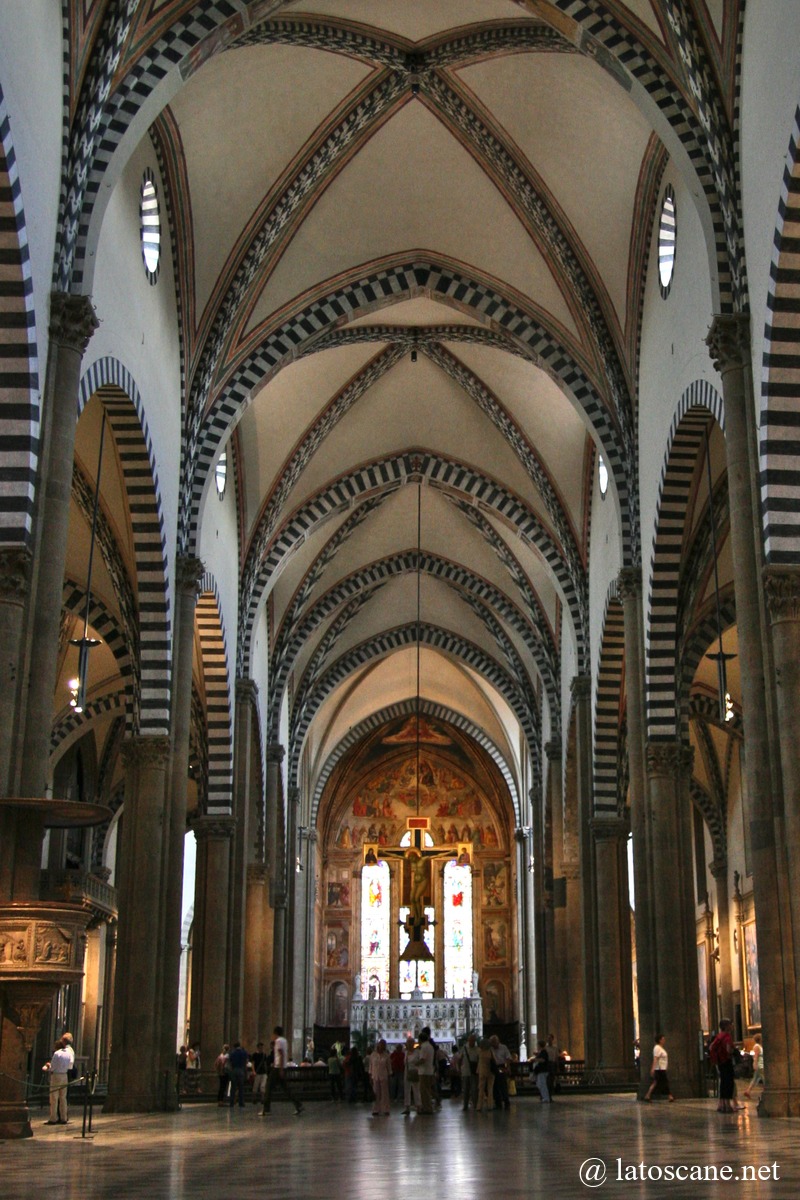
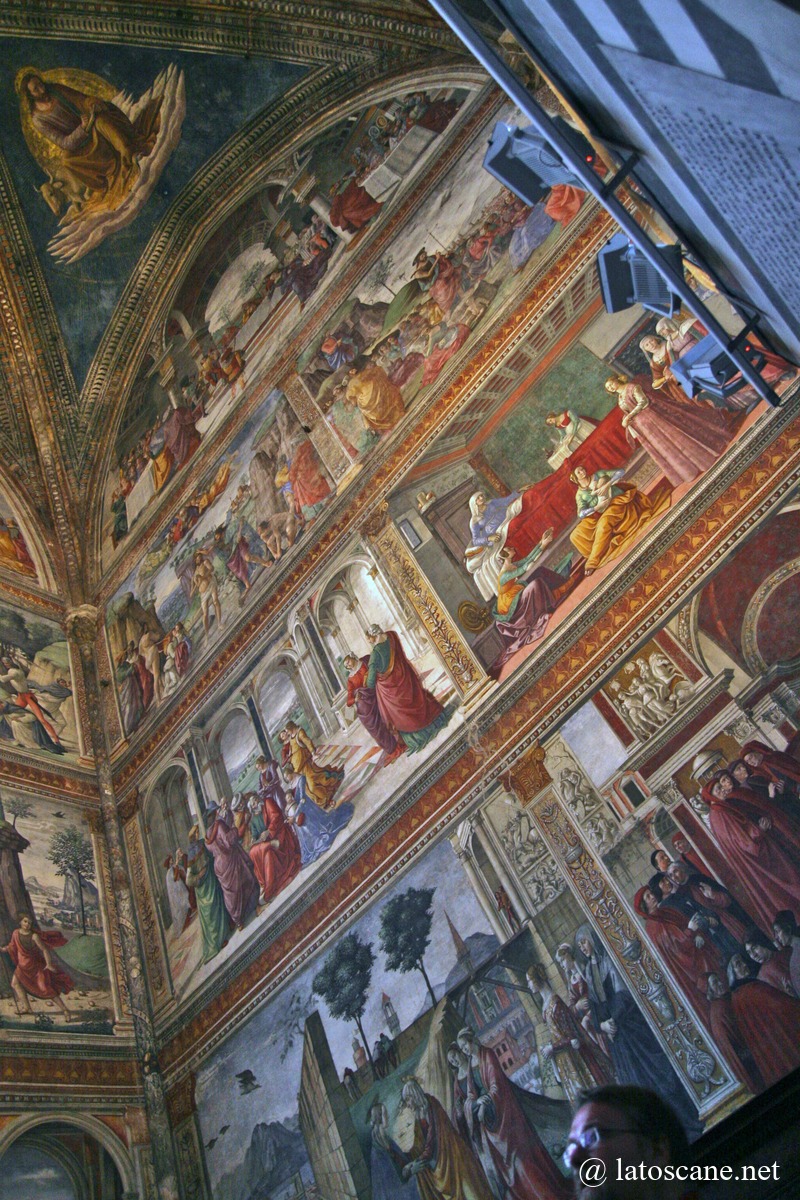
Church Description
The interior volume of Santa Maria Novella follows a very clear basilica plan: a large central nave flanked by aisles, a transept, and a choir housing the main chapel (Tornabuoni). The large arches and piers structure the space, while the black-and-white polychromy of the arches and columns imparts a solemn restraint. Light filters through high windows, some dating from the 15th century.
Along the side spaces are private chapels richly decorated by Florentine families, preserving highly legible narrative cycles.
The Tornabuoni Chapel, to the right of the choir, provides an example of refined narrative painting by Domenico Ghirlandaio and his workshop (late 15th century); it is renowned for the clarity of its scenes and the quality of the contemporary portraits depicted.
The “Spanish Chapel” (Cappella Strozzi, by Andrea di Bonaiuto) develops a vast allegorical and theological program illustrating the glory of the Dominican order.
Nearby, the famous Trinity by Masaccio, in the Brancacci Chapel, represents a pictorial revolution through the consistent use of linear perspective and the solidity of forms.
The movable and sculpted works — crucifixes, stuccos, altarpieces, and sacristy elements — complete the experience and demonstrate the continuity of Florentine artistic production from the 13th to the 16th century. The adjoining cloisters and museum allow visitors to see pieces moved for conservation (panels, sculptures, decorative elements) and provide a monastic context conducive to understanding the site. The entire complex remains accessible to the public through paid routes with schedules that vary by season.
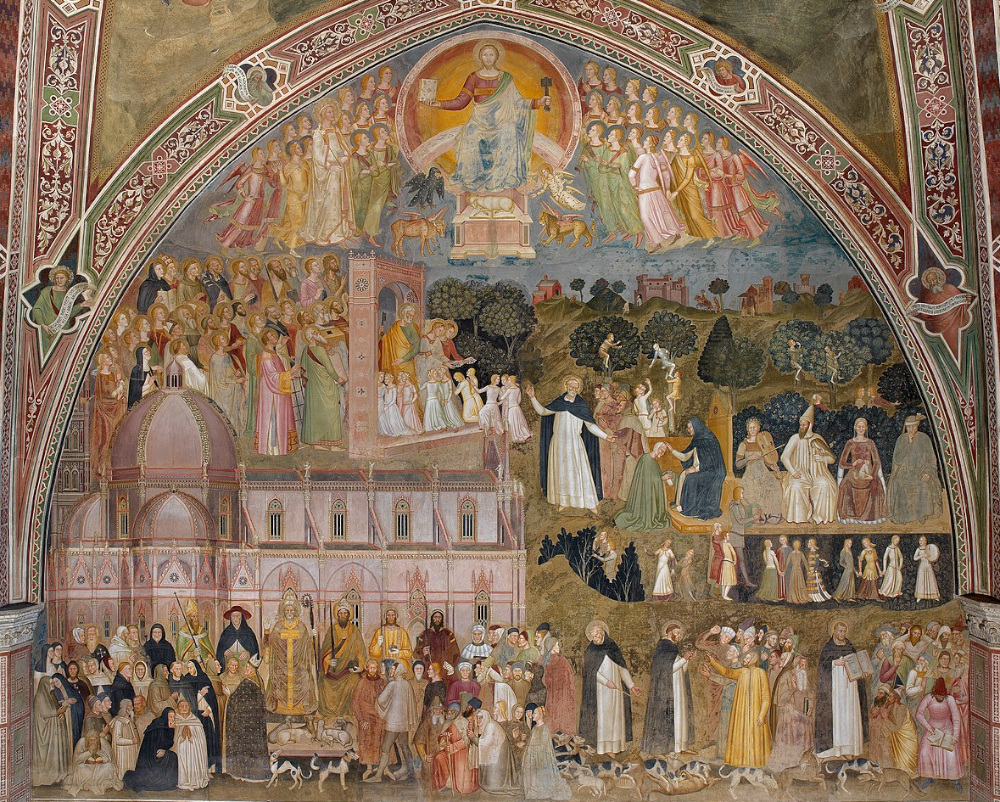
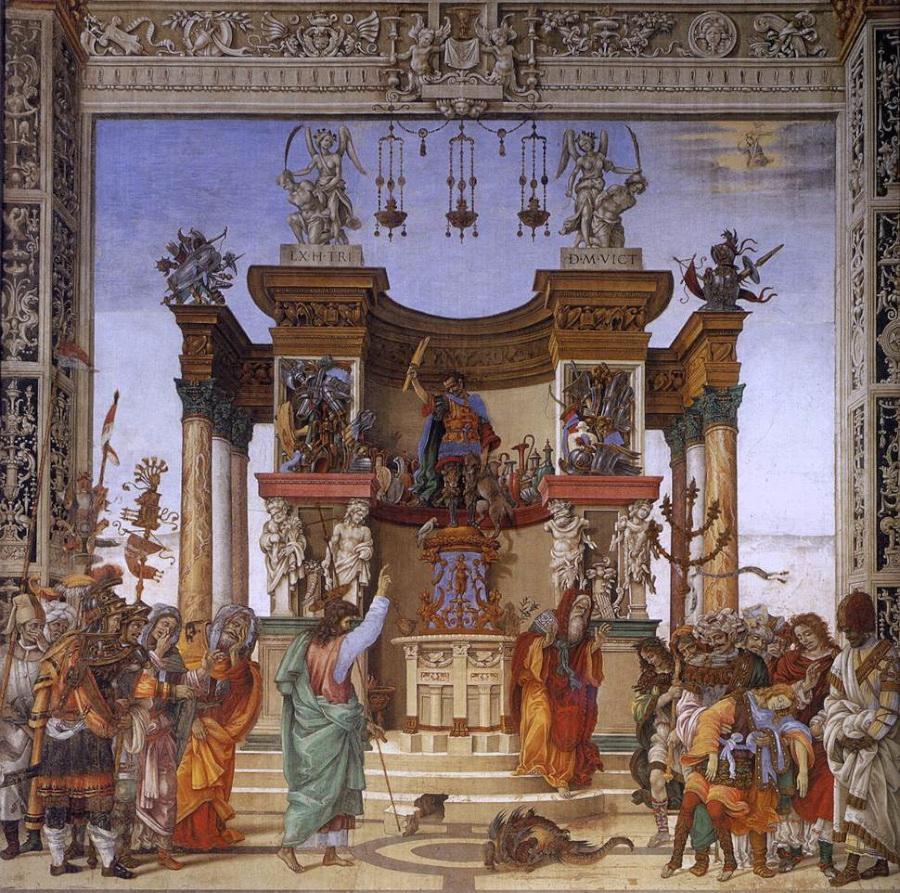
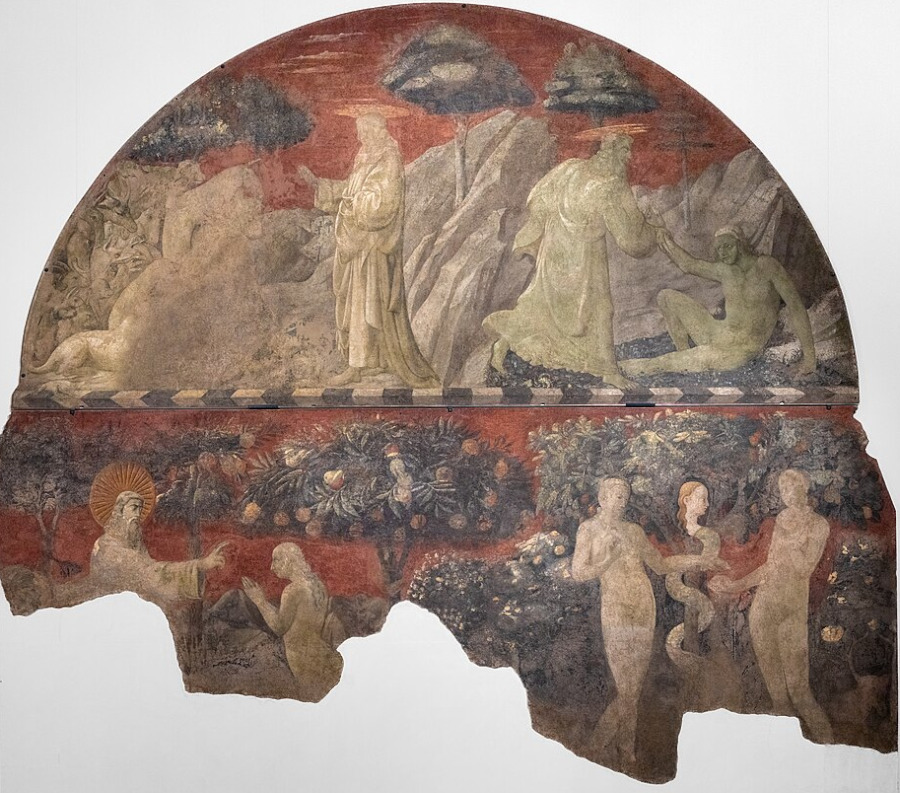
Historical Overview
The Santa Maria Novella complex began developing with the arrival of the Dominicans in Florence (early 13th century); construction of the new church spanned from the 13th to the 15th century, resulting in a building where Gothic traditions overlap with humanist innovations. The lower façade and medieval structure predate Alberti’s intervention (mid-15th century), who completed the upper part and adapted classical language to the church’s proportions.
Over the centuries, Santa Maria Novella became a prestigious site for families and confraternities who funded chapels and decorative cycles (Tornabuoni, Strozzi, Rucellai). In the 14th–15th centuries, the basilica hosted major artists — Giotto, Masaccio, Ghirlandaio, Filippo Lippi — and played a central role in the dissemination of artistic and theological innovations. The complex has gone through periods of restoration and dramatic events (notably flood damage and, in the 20th century, conservation campaigns), before establishing itself today as a museum complex open to the public.
Where Santa Maria Novella in Florence is Located
If you see this after your page is loaded completely, leafletJS files are missing.
Information
Tickets and Museum Passes
Further Reading
- Official Website — Opera di Santa Maria Novella
- Muse Firenze — Santa Maria Novella Complex
- Encyclopedic Page — Wikipedia
- WGA — Spanish Chapel Frescoes
Florence Category Articles
- Florence
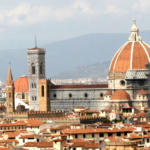 Florence, the capital of Tuscany crossed by the Arno River, has ...
Florence, the capital of Tuscany crossed by the Arno River, has ... - What to see in Florence: monuments, squares and museums
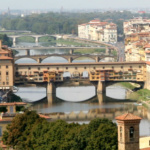 To explore Florence, at least 3 days are needed. The historic ...
To explore Florence, at least 3 days are needed. The historic ... - Interactive map of Florence
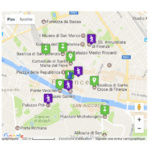 Map of Florence with its major monuments, places and museums Articles about ...
Map of Florence with its major monuments, places and museums Articles about ... - Hotels in Florence
 Hotels in Florence
Hotels in Florence - Visit Florence in 2 or 3 days
 A three-day stay in Florence allows you to discover the main ...
A three-day stay in Florence allows you to discover the main ... - Tickets and tours in Florence
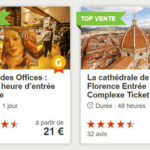 Florence touristic pass and combined tickets Excursions, visites guidées et billets à ...
Florence touristic pass and combined tickets Excursions, visites guidées et billets à ... - 16 Tuscan foods to try
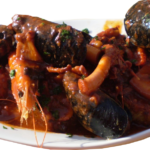 The Tuscan cuisine, particularly Florentine, is a celebration of simplicity and ...
The Tuscan cuisine, particularly Florentine, is a celebration of simplicity and ... - Florence Cathedral
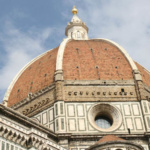 The Cattedrale di Santa Maria del Fiore, symbol of Florence, displays ...
The Cattedrale di Santa Maria del Fiore, symbol of Florence, displays ... - Palazzo Vecchio of Florence and museum
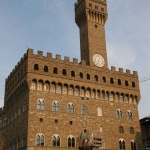 The Palazzo Vecchio (lit. “Old Palace”), one of the most iconic ...
The Palazzo Vecchio (lit. “Old Palace”), one of the most iconic ... - Ponte Vecchio
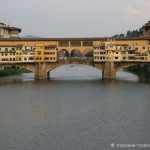 The Ponte Vecchio (lit. “the Old Bridge”) is one of the ...
The Ponte Vecchio (lit. “the Old Bridge”) is one of the ... - Piazza della Signoria
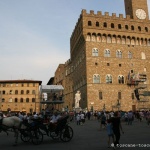 Piazza della Signoria is the political and historical heart of Florence. ...
Piazza della Signoria is the political and historical heart of Florence. ... - Churches in Florence
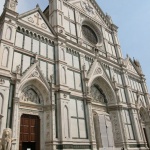 Florence, the cradle of the Renaissance where architecture, art, and history ...
Florence, the cradle of the Renaissance where architecture, art, and history ... - Museums in Florence
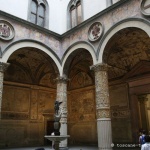 Florence, cradle of the Renaissance, is a true capital of art ...
Florence, cradle of the Renaissance, is a true capital of art ... - Uffizi Gallery
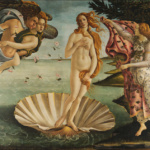 La Uffizi Gallery in Florence is one of the most famous ...
La Uffizi Gallery in Florence is one of the most famous ... - Santa Croce Basilica in Florence
 The Basilica of Santa Croce, built beginning in 1294, is the ...
The Basilica of Santa Croce, built beginning in 1294, is the ... - Palazzo Pitti, its museums and the gardens of Boboli
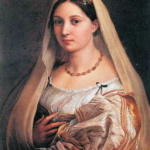 Palazzo Pitti is one of the largest buildings in Florence and ...
Palazzo Pitti is one of the largest buildings in Florence and ... - Gallery of the Academy of Florence
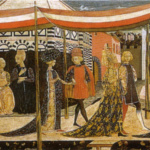 The Gallery of the Academy (Galleria dell’Accademia in Italian) is one ...
The Gallery of the Academy (Galleria dell’Accademia in Italian) is one ... - Typical cuisine of FlorenceThe Tuscan cuisine is based on simple, high-quality ingredients, reflecting a ...

No Comments Yet